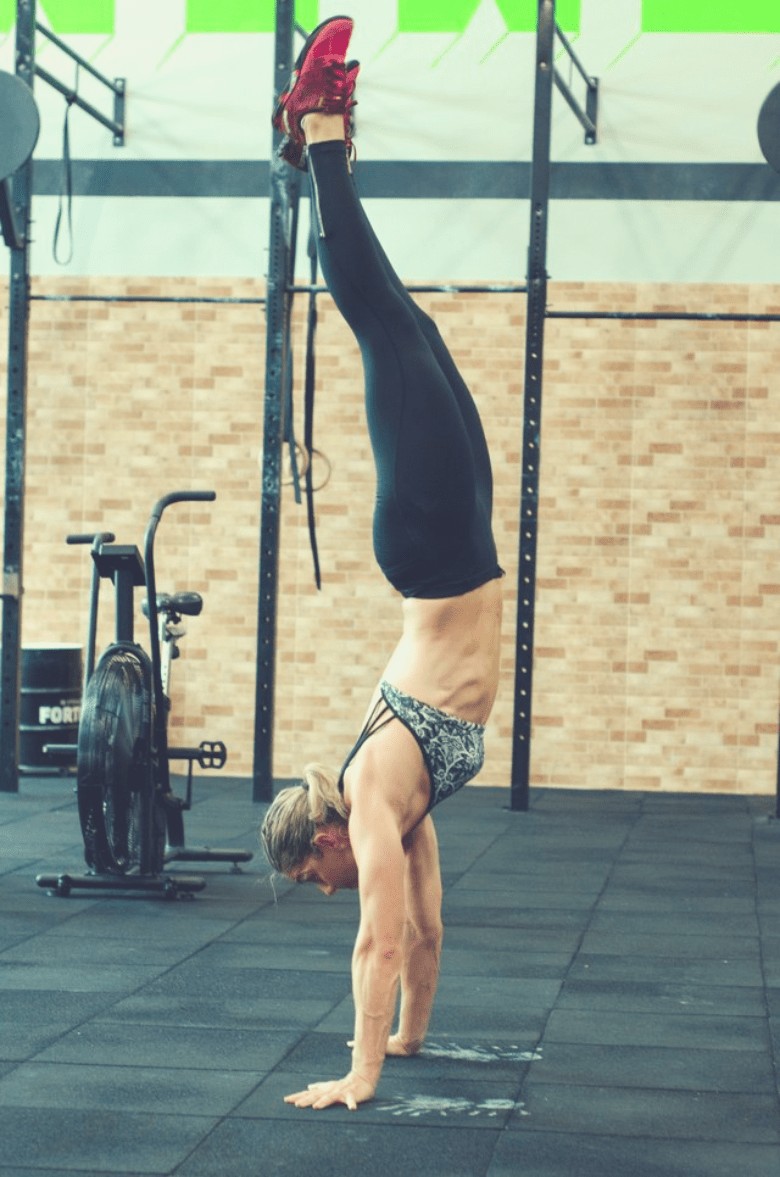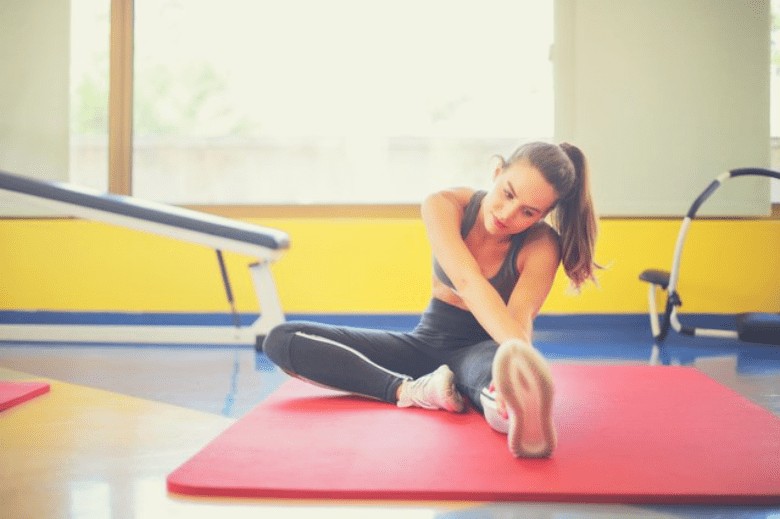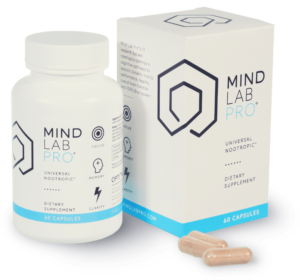Aiming for a gymnast body is a great way to achieve balance, strength, flexibility, and coordination.
Not only that, but it also feels amazing to accomplish all of your gymnastics goals for the day. It’s a confidence-inspiring sport that you can start at any age.
Benefits of Gymnastics
Repetition is the key to mastering a skill, and attaining a gymnast body is no different.
The fastest way to improve in gymnastics is to keep practicing.
Setting up a home gym gives you more opportunities to practice, ingraining the skills into your mind and developing muscle memory. Both allow you to automatically perform basic moves flawlessly.
It’s essential to stay safe, though. Don’t start with exercises you’re not sure you can do.
With that in mind, there are many benefits to taking up gymnastics even if you’ve never done it before.
Learning Gymnastics Improves Your Motor Skills
A 2013 paper studied the effects of the sport, ultimately proving that daily complex gymnastics training improves your movement and knowledge in performance.
In other words, it makes your body adapt its motor skills for posture and mobility.
Learning a new motor skill as elaborate as gymnastics has an intense effect on your muscles and bones.
Further, it influences factors like physical response, learning skills, and motor learning. Active gymnasts may learn more quickly than those who don’t practice the sport.
These factors can also impact communication skills.
The same study revealed that gymnasts who regularly performed complex routines and trampoline rounds had more exceptional motor learning skills than those who only practiced basic postures.
Key Takeaway: Research shows that learning elaborate routines can improve your motor skills. It can also train the mind to communicate better during challenging situations.
Regularly Practicing Gymnastics Greatly Influences Flexibility
Considering all the twists and turns involved in gymnastics, it only makes sense to improve your flexibility. Luckily, the postures themselves can alleviate joint and muscle stiffness.
Younger gymnasts are naturally more flexible with more pliable joints, tendons, and ligaments.
However, as long as you practice regularly, anyone can perform a broader range of movements without risking injury.
Still, the sooner you get involved in gymnastics, the better. Earlier participation in the activity can prevent fatigue and growth defects.
The 2016 review also suggests gymnastics can improve your gravity hold, making it easier to balance on narrow bases and beams over time.
Other stunts like splits, side-kicks, forward kicks and leaps all depend on how flexible you are on the gym mat. This is why it’s essential to practice consistently.
A little practice every day can make a dramatic difference for relaxing your muscles and improving your flexibility.
Key Takeaway: Flexibility is your ability to stretch and bend your muscles and joints. People with greater flexibility are less likely to injure themselves at home.
Practicing gymnastics improves your flexibility and targets all the muscles in your body.
Practicing Gymnastics Can Improve Your Balance and Coordination

Increasing your balance and coordination improves your movements and general body awareness.
Over time, you learn to use your body in different ways. Not only that, but gymnastics also improves your stability.
A 2018 study examined the benefits of children practicing gymnastics. The results showed evidence of improved coordination leading to stronger body alertness and motor skills.
The review concluded that beginning training at an earlier age can increase your body confidence and reduce muscle tension.
To train their balance and coordination, gymnasts often perform side jumping jacks or sprints. Both exercises also increase agility.
Key Takeaway: Strong balance and coordination skills are crucial to practicing complicated gymnastic routines.
Gymnasts regularly test and track themselves to increase agility for somersaults or the balance beam.
Gymnasts Feel More Confident
Self-esteem is an essential factor for an athlete’s performance. Practicing gymnastics is one way to build that confidence.
Likewise, gymnastics can improve your judgment skills. Coupled with self-confidence, this characteristic helps you feel calmer around other people, especially if they’re judging or criticizing you.
Another study conducted in 1997 by the University of Toronto proved the connection between personal control and great physical performance.
Young adults who practice highly-complex sports like gymnastics can gain that personal control.
Key Takeaway: Challenging yourself can increase your self-confidence. Multiple reports support the idea that gymnasts who practice elaborate routines are less self-critical.
Equipment to Achieve a Gymnast Body at Home
Gymnastics have been part of human history of centuries.
These days, it’s easy to practice gymnastics. To get started, you only need a few high-quality pieces of equipment.
Bar
With a gymnastics bar, you can perform a wide range of fun movements. Beginners often start off with mini-bars, and larger ones are useful for strength training.
It’s natural to feel nervous about getting a bar to practice with. There are a few questions to keep in mind when shopping for yours:
What is The Bar’s Weight Limit?
Obviously, this is the most essential factor to consider, so it’s the first thing you should think about.
A sturdy bar that isn’t built to handle your weight won’t. Make sure whatever bar you buy can support the weight of your gymnast body to prevent injury.
How High is The Bar?
Another critical factor is the height of the bar. Of course, this will depend on your height.
Ideally, the bar should be tall enough to dangle and swing from it without grazing your feet on the ground.
Is The Bar Stable?
Stability is a separate factor from the bar’s weight limit. It’s essential to look for a brand with known reliability; the last thing you want is to fall from an elevated height.
Beam
Balance beams are a must-have tool for beginners. They help you improve balance and provide a stable foundation on which to learn cartwheels and handstands.
As you progress in skill, you can start to practice splits and other beam routines.
When you’re shopping for a beam for the home, consider the following questions:
How High is The Beam?
Beams flat on the floor are the safest type you can get. Starting with a beam elevated several inches from the ground will inevitably lead to bruises.
On the other hand, high beams offer a more authentic experience. It’s up to you how comfortable you feel with getting a little banged up.
How Long is The Beam?
Traditional beams are 16 feet long, but most homeowners don’t have the space to accommodate a typical gymnastics beam.
Keep your storage capabilities in mind, but avoid buying a beam that isn’t long enough to practice appropriately on.
What Material is The Beam Made of?
Most professional beams are made of leather, but you don’t have to choose that material. Beams also come in wood and suede.
Mat
Finally, landing mats are the last must-have piece of equipment for at-home use. Let’s face it: You don’t want to land on your hardwood floor.
Even a thick rug won’t absorb the shock of impact much because it’s not designed to. In the best-case scenario, you’ll still get bruises.
If you buy no other equipment, make sure you get a landing mat.
How Thick is The Mat?
Some mats aren’t thick enough to do the job. They don’t have the cushion you need to keep yourself safe if you stumble out of that handstand.
On the other hand, it’s possible to buy a mat that is too thick. If you sink into the padding, you won’t have a stable foundation to practice on.
What Are The Dimensions of The Mat?
This one is harder to narrow down because it’s an entirely personal decision. You need enough space to practice your full movements, but it needs to fit in storage.
What Skill Level is The Mat Designed For?
Not all mats are created equal; advanced gymnasts need to invest in exceptionally sturdy mats.
Think about your gymnastics equipment as a long-term investment, aiming for quality instead of a cheap price tag.

Gymnastics Movements to Practice at Home
With your equipment chosen and set up at home, you can finally maximize your practice.
Balance Beam Movements
Beginner gymnasts should focus on jumping and walking on their new balance beam.
If you’ve practiced gymnasts before, you can add across skills to the list, but don’t skip the jumps and walks.
Both movements help you warm up for more advanced moves.
Balance beam movements include:
- Walking sideways
- Walking forwards and backwards
- Walking and dipping a foot towards the side of the beam
- Kick walks
- Kick walks on tip toes
- Small jumps down the beam
- Large jumps down the beam
With a landing mat, you can get comfortable practicing each of these movements in a straight line on the ground before jumping onto the high beam.
Floor Mat Movements
Make sure you clear out lots of space in your home to work on your floor skills. A basement or other room with a high ceiling would work best.
Just like with the balance beam, beginners should focus on jumps and walks before practicing their across skills.
Experienced gymnasts can move on to acro skills but still need to make sure their hikes and walks are perfect.
Floor movements include:
- Walking sideways, forward, and backward
- Walking in a tight body position, keeping the legs locked straight
- Log rolls
- Kick walks
- Switch leaps
- Forward and backward rolls
- Forward and sideways crabwalk
- Roundoffs
- Cartwheels
- One-armed cartwheel
- Bridges
- Handstands
High Bar Movements
A pull-up bar will do wonders for helping you build upper body strength. That gymnast body strength is essential to practicing more elaborate routines.
With a pull-up bar at home, you can do a couple of pull-ups whenever you walk past it.
Pull-up bar movements include:
- Dangling from the bar and lifting your legs
- Dangling from the bar and tucking your legs so your thighs touch your chest
- Standard pull-ups — if you can’t do these, build up with little arm bends
Attaching the Mini-Bar
Securely adding the mini-bar to your high gymnastics bar opens up a broader range of possible exercises.
It’s usually a good idea to practice these movements at a gym because the attachment is often more secure than home versions.
Mini-bar movements include:
- Elbow dips
- Leg cuts
- Casts
- Hanging leg lifts
Other Exercises to Practice at Home
Whether you can’t get any equipment or just need to add some variety to your routines, you can incorporate plenty of exercises into your day-to-day life.
Here are a few extra activities that can help you make progress towards developing a gymnast body.
Sprints
Sprints are just what you imagine they are: bursts of running really fast. Sprinting can help make vaulting easier; the more power you put into a vault, the better you will launch.
Spider-Man Walls
Simply put, this movement puts you in as close a handstand position as possible while using the wall as support. This activity helps your body learn what the correct handstand form feels like.
Splits
The split often appears in traditional gymnastics routines, especially in leaps and jumps. Working on your splits at home can significantly improve your flexibility.
The stronger your ground splits are, the better your air splits will be.
Scales
Scales can also improve your flexibility, balance, and strength. To perform this movement, stand on one leg and raise the other so it is horizontal either in front of or behind you.
Hold the pose until you lose your balance.
Jumps
These are as simple as they sound; just jump straight into the air. Try not to move your body but do try to jump as high as you can.
When you’re comfortable with this movement, start practicing rotating in the air, again without moving your body much.
Leaps
Leaps are an essential gymnastics move, so it only makes sense that you should train them.
Focus on keeping your legs straight without losing height off the ground.
Turns
Turns are another necessary move that beam and floor routines often require. Practice these on the carpet or your landing mat.
You can also put on socks and practice your turns on the kitchen floor.
Conditioning
Any and all conditioning movements designed to strengthen your muscles will influence your skills on the gym mat.
Gymnastics is a sport that uses just about every muscle in the body, so any strength-building exercise will do.
We’d recommend a regular routine of push-ups, planks, and calf-raises every other day.
Summary
Diligently following a safe, progressive gymnastics program will lead to improvements over time.
Make sure you perform an appropriate warmup before every workout, and you’ll minimize your risk of injury.



